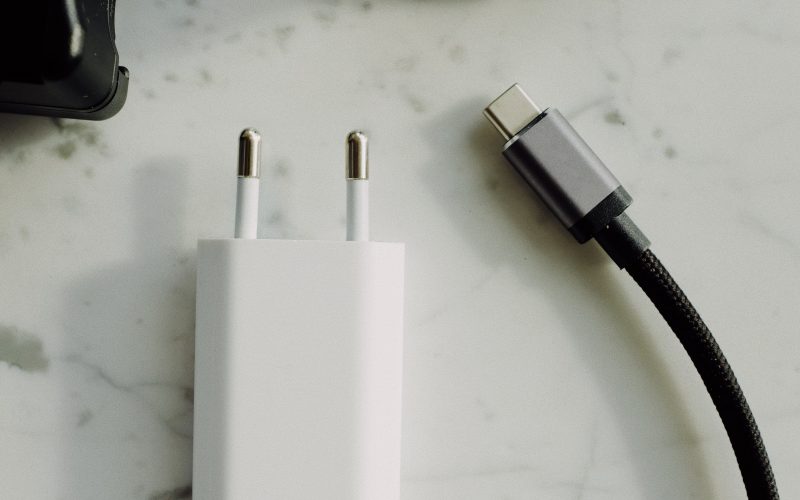In the vast realm of electrical connectors, there exists a category that pushes the boundaries of innovation and functionality – waterproof submersible electrical connectors. These connectors have emerged as crucial components in various industries where reliable and secure electrical connections are required in challenging underwater environments. In this blog, we will delve into the fascinating world of waterproof submersible electrical connectors, exploring their design, applications, and the advancements that make them indispensable.
Understanding Waterproof Submersible Electrical Connectors
Waterproof submersible electrical connectors are specifically engineered to withstand immersion in water, providing a robust solution for applications where traditional connectors would falter. These connectors are designed to prevent the ingress of water, moisture, and other contaminants, ensuring the integrity of electrical connections even in the harshest underwater conditions.
Key Features
- Sealed Enclosures: The hallmark feature of waterproof submersible electrical connectors is their sealed enclosures. These enclosures are meticulously designed to create a barrier against water, preventing it from reaching the internal components of the connector.
- Material Selection: The choice of materials is crucial in ensuring the durability and longevity of these connectors. Common materials include corrosion-resistant metals, such as stainless steel, and high-performance polymers that can withstand exposure to water and harsh environmental conditions.
- Multiple Contact Points: To enhance reliability, submersible connectors often feature multiple contact points. This design helps to maintain a stable electrical connection even in the presence of vibrations or movements caused by water currents.
Applications
The versatility of waterproof submersible electrical connectors makes them invaluable in a wide range of industries. Some prominent applications include:
- Marine Exploration: Submersible connectors play a pivotal role in underwater exploration, where equipment such as remotely operated vehicles (ROVs) and autonomous underwater vehicles (AUVs) require reliable electrical connections for communication, sensors, and other systems.
- Oil and Gas Industry: In offshore oil and gas operations, where equipment is often deployed in underwater environments, submersible connectors are used to ensure the uninterrupted flow of data and power for various applications, including sensors, cameras, and communication systems.
- Renewable Energy: Submersible connectors are integral to the field of renewable energy, particularly in offshore wind farms. They facilitate the connection of subsea cables and ensure the efficient transmission of power from underwater turbines to the onshore grid.
Advancements in Technology
The evolution of waterproof submersible electrical connectors has been marked by continuous technological advancements. Some notable innovations include:
- Miniaturization: Ongoing efforts in miniaturization have resulted in compact connectors that offer the same level of performance as their larger counterparts. This is particularly beneficial in applications where space is at a premium.
- Smart Connectors: The integration of smart technologies, such as sensors and communication modules, into submersible connectors has enhanced their capabilities. These connectors can now provide real-time data on environmental conditions and the status of connected equipment.
- High-Speed Data Transmission: As the demand for faster data transmission underwater increases, connectors capable of supporting high-speed communication have become essential. Advanced submersible connectors can now handle data rates that were once thought to be unattainable in underwater environments.
